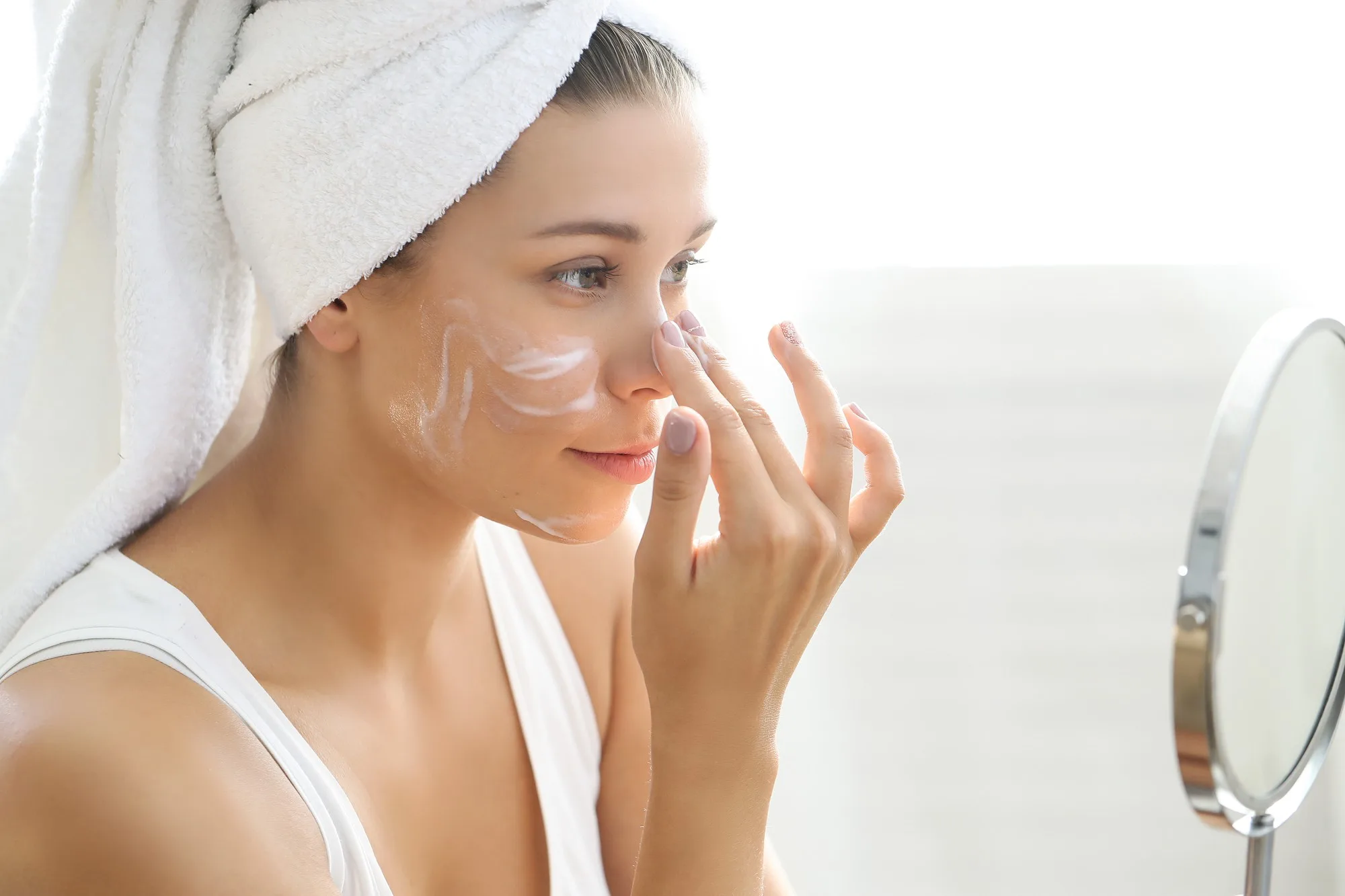
Skin-lightening creams work by reducing the level of pigment in users’ skin. People commonly use these skin-lightening products to even their skin tone and lighten their complexions. However, the safety of these creams has been a subject of ongoing debate and scrutiny due to the nature of their ingredients. In this article, we’ll explore the key components of skin-lightening creams, their potential risks, and important considerations for their safe use.
Understanding Skin-Lightening Creams
Skin-lightening creams, also known as lightening or bleaching creams, typically contain active ingredients designed to reduce melanin production, the pigment responsible for skin color. Common ingredients in these creams include hydroquinone, corticosteroids, mercury, and a variety of botanical extracts. These creams often claim to lighten hyperpigmentation, reduce the appearance of dark spots, and create a more even skin tone.
Despite their widespread use globally, skin-lightening creams may incorporate dangerously high levels of ingredients that can cause health issues following prolonged use. Therefore, it’s essential to be aware of some of the risks associated with common ingredients in skin-lightening creams. These ingredients and their risks include the following:
- Hydroquinone: Hydroquinone is a widely used skin-lightening agent, but its safety has been a subject of concern. Prolonged use of high concentrations of hydroquinone has been associated with adverse effects, including ochronosis, a bluish-black discoloration of the skin. Consequently, many countries have imposed restrictions or outright bans on the use of hydroquinone in over-the-counter skin products.
- Corticosteroids: Some skin-lightening creams contain corticosteroids, which, when used inappropriately or in high concentrations, can lead to thinning of the skin and increased susceptibility to infections. Long-term use of corticosteroids on the face can also result in perioral dermatitis, a facial rash.
- Mercury: Illegal and unregulated skin-lightening products may contain mercury, a toxic heavy metal that can pose severe health risks. Prolonged exposure to mercury can lead to kidney damage, neurological issues, and even psychiatric symptoms. Governments around the world have begun taking measures to restrict the use of mercury in cosmetic products.
- Allergic Reactions: Skin-lightening creams often incorporate various botanical extracts, and some people may experience allergic reactions to these ingredients. Allergic responses can manifest as redness, itching, swelling, or more severe skin conditions.
- Dependency and Rebound Hyperpigmentation: Prolonged use of skin-lightening creams may lead to dependency, in which the skin becomes reliant on the product for maintaining a lighter tone. Abrupt cessation can result in rebound hyperpigmentation, causing the skin to darken more than its original shade.
Safe Use and Considerations
Although skin-lightening products can present risks when you use them improperly or if you purchase formulas that haven’t been tested thoroughly, it’s possible to use certain products safely under the guidance of a dermatologist. Keep the following considerations in mind before you begin using these products:
- Consultation With a Dermatologist: Before using any skin-lightening product, it is advisable to consult with a dermatologist. A qualified professional can assess your individual skin type, address specific concerns, and recommend safe and effective treatments.
- Use of Legal and Regulated Products: To ensure safety, it’s helpful to opt for skin-lightening products that comply with regulations in your respective country. Avoiding illegal or unregulated products can help reduce the risk of exposure to harmful substances like mercury.
- Understanding Ingredients: You can benefit from familiarizing yourself with the ingredients listed on the product packaging. Look for products that do not contain banned substances, such as mercury or hydroquinone in certain concentrations.
- Avoiding High Concentrations: Using skin-lightening products with lower concentrations of active ingredients may help minimize the risk of adverse effects. High concentrations should only be used under the supervision of a dermatologist.
- Limiting Duration of Use: Use skin-lightening products for the recommended duration. Prolonged and continuous use can increase the risk of side effects. Once you’ve achieved your desired results, discuss a maintenance plan with your dermatologist.
The safety of skin-lightening creams remains a complex issue. While these products may offer benefits for individuals seeking to address hyperpigmentation, dark spots, or uneven skin tone, potential risks necessitate a cautious approach. Understanding the ingredients, consulting with a dermatologist, and choosing legal and regulated products are key steps in ensuring the safe use of skin-lightening creams.
Resource Links
“Skin Product Safety” via the U.S. Food and Drug Administration
“Skin Lightening Products Can Cause Health Problems” via the Minnesota Department of Health
“Skin Lightening Treatments” via WebMD